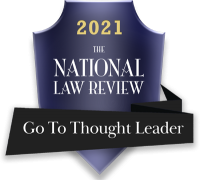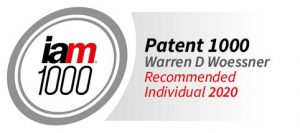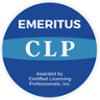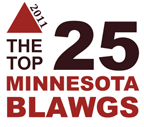On February 13, 2023, a Fed. Cir. panel of Judges Prost, Chen and Stoll (Prost writing) held, in Appeal no. 2022-1116, that the asserted claims 1-3 of U.S. Patent No. 8,197, 807 are directed to unpatentable subject matter, namely to a natural product, nicotinamide riboside (“NR”). Since the panel relied heavily on its opinion in Natural Alternatives International, Inc. v. Creative Compounds, LLC., 918 F.3d 1338 (Fed. Cir, March 15, 2019), it would be helpful to read my post of March 18, 2019. With respect to the composition claims in suit in Natural Alternatives, claim 6 of U.S. Patent No. 7,504,376 depended from claim 1, a claim that almost certainly would have been found patent ineligible. It recited a “naked” composition comprising a simple mixture of two natural products, glycine and beta-alanine, its esters and amides, and beta-alanine di-peptide and another dipeptide.
However, claim 6 had been dressed up and recited: “The composition of claim 5 wherein the dietary supplement or sports drink [of claim 5] is a supplement for humans.” Claim 1 of U.S. Patent No. 7,825,084 read as follows: “A human dietary supplement, comprising beta-alanine in a unit dosage of between about 0.4 grams to 16 grams, wherein the supplement provides a unit dosage of beta-alanine.”
These added elements gave the Natural Alternatives panel a lot to work with. Natural Alternatives also benefited from a broad claim construction: “dietary supplement” … and “human dietary supplement” were construed to mean “an addition to the human diet, which is not a natural or conventional food, which effectively increases athletic performance and is manufactured to be used over a period of time.” The panel homed in on the requirement in Chakrabarty that patent eligibility of a composition made from a natural product can turn on the composition’s different characteristics and “the potential for significant utility.” The panel ruled:
“…the Product Claims are directed to specific treatment formulations that incorporate natural products, but [claims 5-6 and claim l of the 084 patent] have different characteristics and can be used in a manner that beta-alanine as it appears in nature cannot … At this stage of the litigation, it has been sufficiently alleged that these characteristics provide significant utility, as the claimed dosage forms can be used to increase athletic performance in a way that naturally occurring beta-alanine cannot.”
So “dietary supplement” has to do a lot of the heavy lifting to meet the Chakrabarty test. The panel relied on testimony that the combination could have synergistic effects, as well as somewhat cryptic language in other expert opinions and a line in the specification related to insulin sensitivity. In fact. The panel went through the specification to find if “the dietary supplement limitation” was disclosed to be well-understood, routine, and conventional, and concluded that it was not.
The patent claims in suit in Chromadex had so few helpful limitations to draw from. The only difference between NR as it occurs in milk – along with the other claim limitations such as the presence of tryptophan and sugar – is that the claims recited that the NR was “isolated”. The panel spent few pages disposing of this limitation, relying on Myriad: “As in Myriad, under the circumstances presented here, the act of isolating the NR compared to how NR naturally exists in milk is not sufficient on its own, to confer patentability.” Even though only trace amounts of NR exist in milk, the claim was deemed broad enough to read on milk per se.
Even the claim element reciting that the NR increases NAD+ biosynthesis did not help, since the panel found that milk increases NAD+ upon consumption, even though it acted by a different mechanism. The panel even went so far as to state that the isolation step itself was conventional. In the panel’s view, the claims were based on the inventor’s discovery of a natural correlation, and we all know how much weight that fact is given in a patent eligibility analysis.
An easy takeaway is, “Don’t send your composition claims that recite natural products out without the kind of protection that helped Natural Alternatives to survive trial by 101.”






